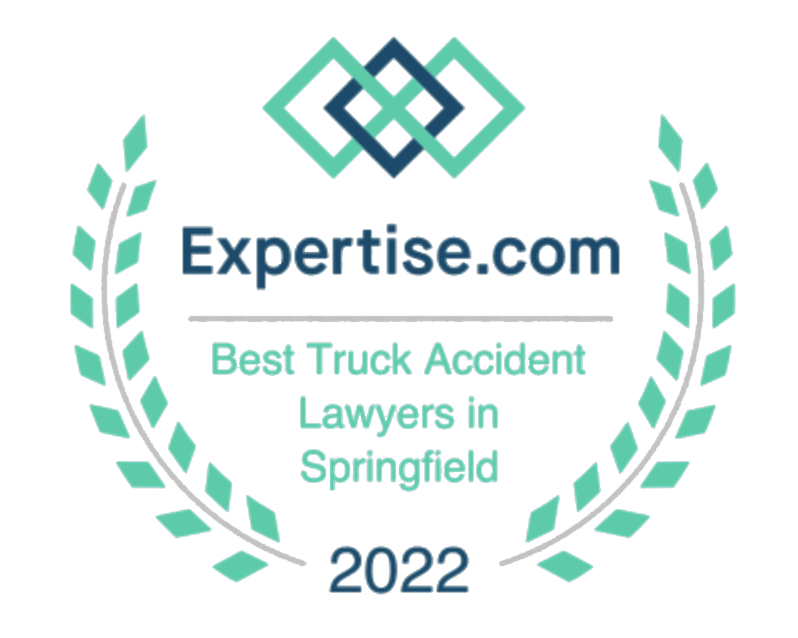








Key differences between these classifications:
- Vehicle size and weight
- Combination vs. single-vehicle operation
- Passenger capacity
- Hazardous materials transport
Each CDL class requires specific training and testing. Class A typically involves more extensive training due to the complexity of operating combination vehicles.
We encourage aspiring commercial drivers to consider their career goals when choosing between CDL A, CDL B, and Class C licenses. The proper license can open doors to various opportunities in the trucking industry.
Special Endorsements
CDL drivers can enhance their qualifications with special endorsements. These allow us to operate specific types of commercial vehicles or transport certain materials. These endorsements include:
- H: The Hazardous Materials (HazMat) endorsement is crucial for transporting dangerous goods. You must pass a written test and undergo a background check to be licensed to transport hazardous materials. The Commercial Driver’s License process includes stringent security measures for HazMat carriers.
- P: Passenger (P) endorsement is essential for drivers transporting people. We must pass knowledge and skills tests to demonstrate our ability to safely operate buses or other passenger vehicles.
- N: The Tanker (N) endorsement is necessary for those hauling liquids or gases. This requires passing a specialized knowledge test on the unique challenges of transporting liquid loads.
- S: The School Buses (S) endorsement combines elements of both P and N endorsements. We must complete additional training and testing to safely transport students.
- T: Double/Triple Trailers (T) endorsement allows us to pull multiple trailers. This requires demonstrating proficiency in handling longer vehicle combinations.
Each endorsement expands our career opportunities and ensures we’re qualified for specialized driving roles. By obtaining these certifications, we increase our value as professional drivers and maintain the highest safety standards on the road.





